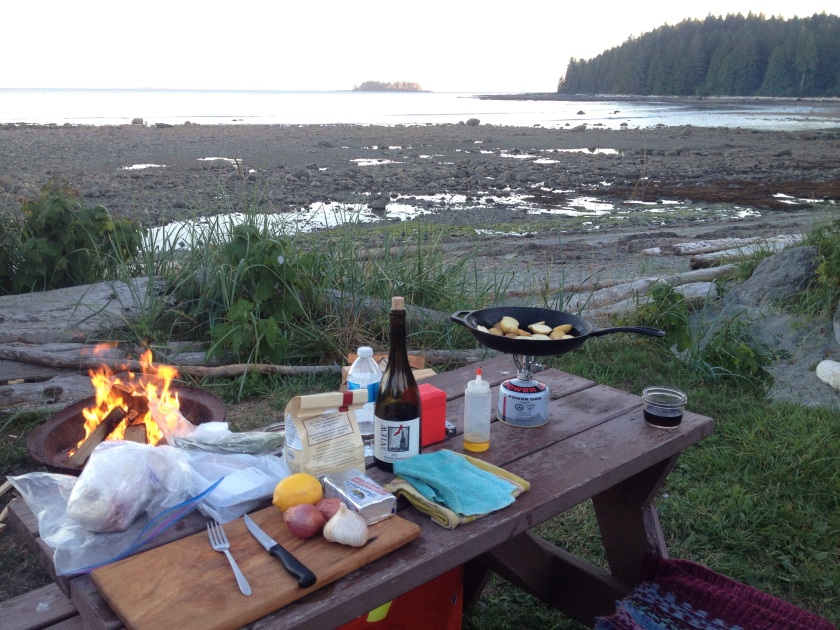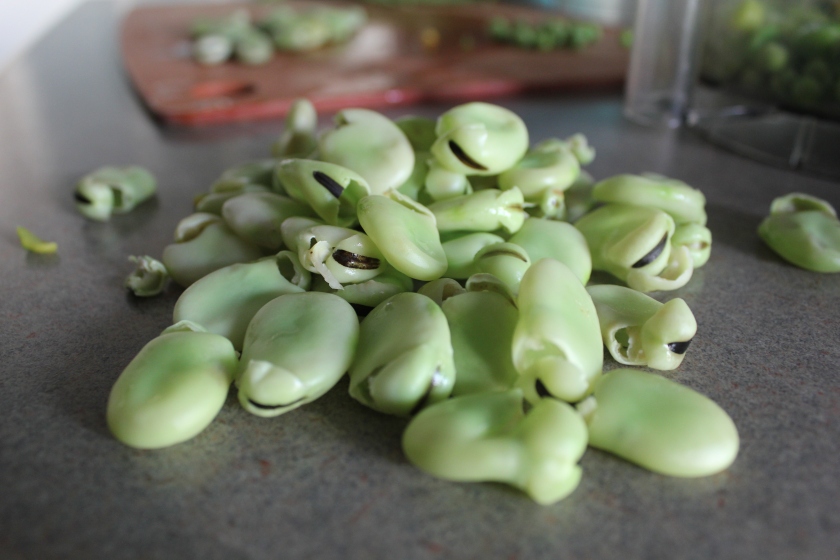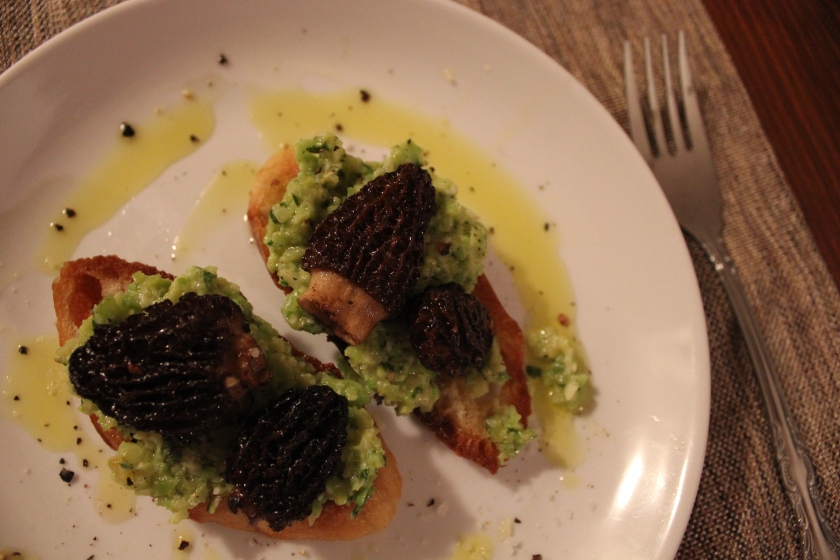Since creating Shady Morels, my approach was always to spare you my personal life story as much as possible, and focus on what really matters — the food.
Now is no time to deviate, so I won’t go into details regarding the lengthy period of time spanning my last post to this one. I will say that my passion for creating food has only increased exponentially; I create something new almost every day, and I’m excited to share some of this with you.
Going forward, you’ll be seeing photos taken with a new lens (Canon EF-S 60mm f/2.8 Macro), which results in a 96mm equivalent when using our Canon EOS camera.
I’m also going to significantly pare down the recipe instructions. If you’re anything like me, you’re probably viewing this to gain inspiration for dinner, but not necessarily to follow verbatim. I’ll give you the basic ingredients, maybe explain why certain things work together, and briefly go over the preparation concept.
Without further adieu, here is the food.
Ingredients:
For the braised chuck steak:
Some great quality chuck steak, like 63 Acres
Quartered onion, and peeled whole garlic
White wine
For the garnish:
Small potatoes, I used siegliende
Arugula
Garlic, along with some herbs like thyme, oregano, or rosemary
Smokey chili oil, which is simply muddled fresh red chili, garlic, salt, and pimenton
Method:
Chuck steak is seasoned with salt and pepper, seared, then braised (covered) at 315 degrees Fahrenheit with the onion and garlic for a minimum of two hours. During the last 15 minutes, I take off the lid and broil on high to develop a nice crust.
Potatoes are parboiled, then “smashed” and sautéed. Finished with herbs and garlic, and tossed with arugula off the heat.
For plating:
I arranged the potatoes and arugula in a pile in the center of the plate, dappled on some of the smokey chili oil, then topped with the braised chuck roast. As a finishing touch, I did a swirl of vibrant green oil followed by the chili oil to achieve a nice visual contrast.
Why this works:
It’s ramped up meat and potatoes, with some brightness derived from the arugula and vibrant green oil, and contrasted by the smokey chili oil. The chili and arugula is a particularly good pairing in my opinion.
I prefer beef braised with just onion, garlic, and white wine or chicken stock – rather than the typical mirepoix and red wine approach. I find the result is more true to the flavour of the beef, and lends itself well to more interesting derivations from the braised beef. More on this later!
Enjoy with a nice bottle of red, this one was enjoyed with a 2016 Francis Ford Coppola Cabernet Sauvignon.


























